Validation of custom data with Minimal API filters, sensible and without fuss

This is a step-by-step research of a clear and intuitive approach to validate custom data in .NET applications with help of the Minimal API filters and the FlatValidator.

This is a step-by-step research of a clear and intuitive approach to validate custom data in .NET applications with help of the Minimal API filters and the FlatValidator.

If you are new to IT, the first thing I recommend is focus. Don’t try to learn everything at once. Instead, choose a field that increases your chances of landing your first job quickly.

They might sound complicated, but they are actually a fundamental part of the language. In this article, we’ll explore closures in a straightforward and practical way. Let’s clear up common misunderstandings. Walk through real-world examples. Nail those tricky interview questions about closures. By the end, you’ll see closures not as a hurdle, but as a valuable part of your JavaScript toolkit.
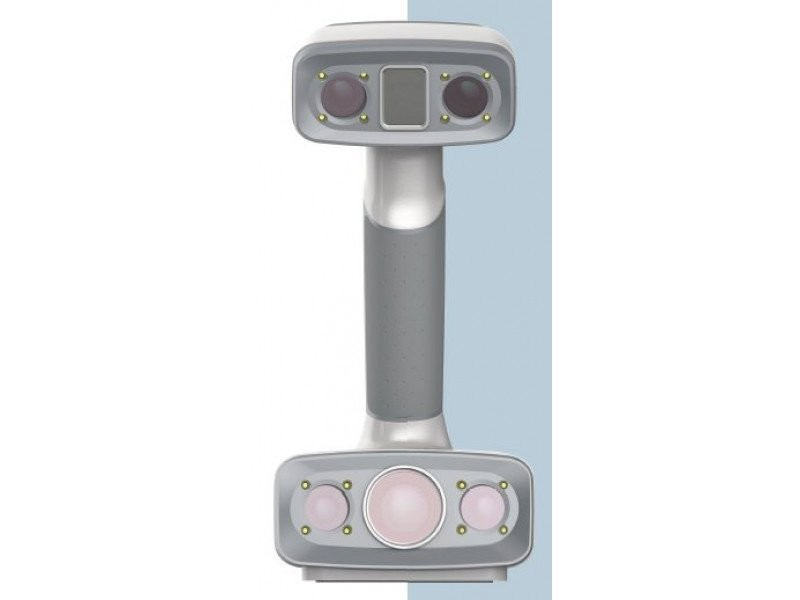
The Einscan H 3D Scanner represents a significant leap in 3D imaging technology. Combining high efficiency with exceptional detail, this scanner has transformed various industry sectors, from manufacturing to education. In this comprehensive guide, we'll delve into the nuances of the Einscan H, exploring its features, applications, and how it stands out in the market.

Continuous socket connection can be crucial to ensure correct app behavior. Whether it’s delivering real-time chat updates, stock prices, or in-app indicators, a reliable connection is vital.
One of the irritating problems with sockets is a sudden loss of connection. If the true cause is not visibly evident, i.e., unstable internet connection, then the disruption cause is often well hidden. To tackle this issue we can implement an automatic socket reconnection strategy. Let’s see what options we have in the industry-standard socket library for Dart — web_socket_channel.
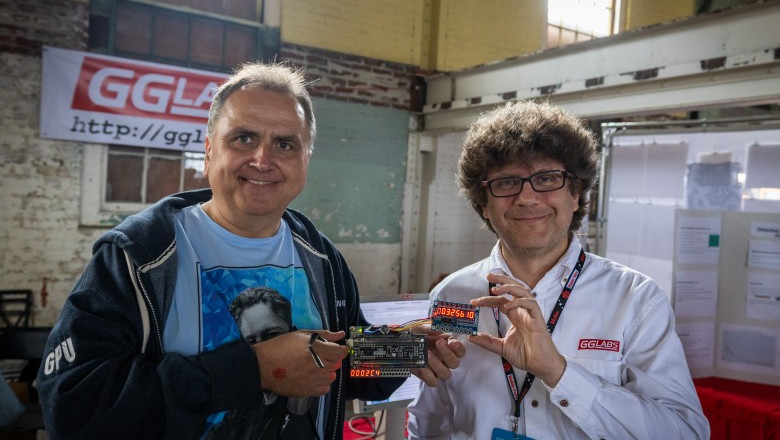
For the last 30 years digital chip design is not a schematic entry anymore: hardware engineers write code just like software engineers.
The difference is that the code software engineer writes becomes a chain of CPU instructions stored in memory, while the code in a hardware description language (HDL) becomes the CPU itself, its transistors and metal connections. And not only a CPU: the same technique is used to design processor-less ("fixed function") blocks in GPU that shuffle triangles and pixels, as well as network router chips that edit packet headers 100 times faster than CPU.
There are ways to experience this workflow without paying a million dollars to a silicon fab. One way is simulation, and another way is to use a matrix of reconfigurable logic cells, a Field Programmable Gate Array (FPGA). You can come on January 14 to Hacker Dojo in Mountain View, California. We have a bunch of computers and FPGA boards, and we will show you how to use them not only to blink LEDs but also to output graphics and recognize music.
This will change your perspective of what the code is.
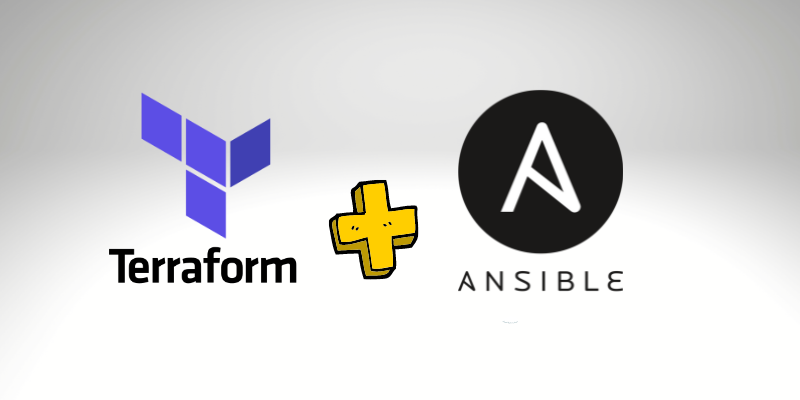
In the DevOps realm, where automation is crucial, the management of resources and updating processes in the cloud is vitally important. Many modern projects, particularly in AWS cloud environments, leverage Auto Scaling Groups (ASG). This mechanism aims to achieve three key objectives: balancing loads, increasing service reliability, and optimizing operational costs for efficiency and effectiveness.
Imagine working at a company where you deploy applications on Amazon's resources. To streamline this process and manage configurations more effectively, you use pre-built AMI images. These are crafted with tools like HashiCorp Packer, ensuring your applications launch swiftly and reliably. For the actual infrastructure deployment, you turn to Terraform. It's widely recognized as the standard in many major companies for managing cloud resources and using the IaC (Infrastructure as Code) approach.
As an IT engineer, you sometimes need to update instance versions to a newer AMI image, either for the latest security patches or to introduce new functionalities. The challenge lies in updating an active ASG without causing downtime. It's crucial to ensure the new AMI performs as reliably as the existing one, balancing the need for updates with system stability and uptime.
ASG's instance refresh is a crucial feature that allows for updating instances within a group while minimizing downtime, thereby maintaining high availability. However, ensuring the success of such updates, especially in large, complex systems, can be a challenge. Terraform resources, such as aws_autoscaling_group, can initiate this process but don't provide progress tracking. This limitation becomes apparent when other infrastructure components, such as certificate renewals or DNS updates, depend on the state and version of the instances. Monitoring the update process is essential to maintain an accurate infrastructure state after Terraform's execution.
To overcome this challenge, Ansible can be utilized...
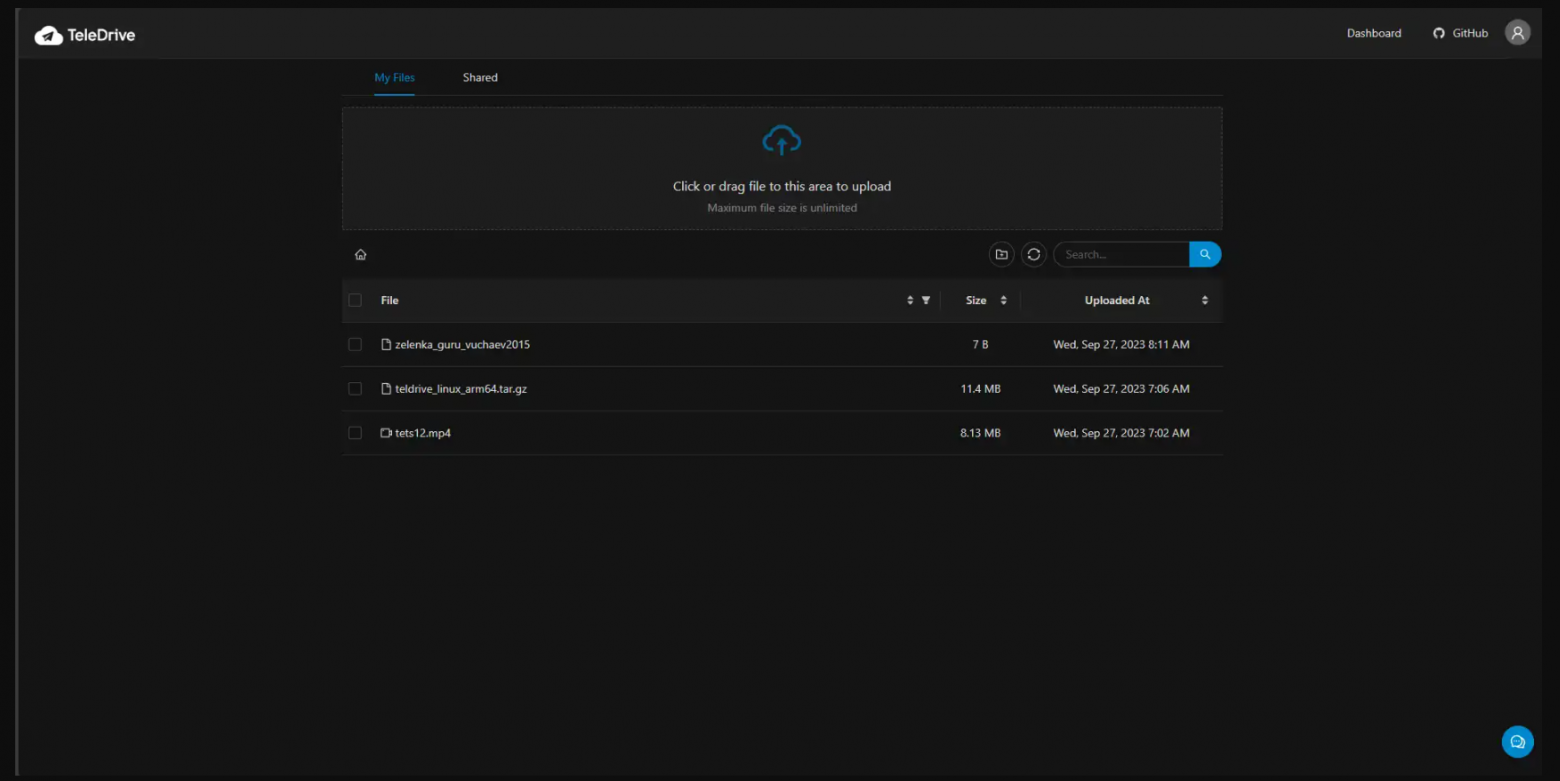
Hey everyone! Today, I'll guide you through creating a boundless cloud storage solution on Telegram using TeleDrive. This open-source project is a game-changer, offering functionalities like Google Drive/OneDrive via the Telegram API.
The Python language has two kind of functions — normal functions that you would use in most cases, and async functions. The latter functions are used when performing network IO in an asynchronous manner. The problem with this division is that async functions can only be called from other async functions. Normal functions, on the other hand, can be called from any functions — however, if you call a normal function that does a blocking operation from an async function, it will block the whole event loop and all your coroutines. These limitations usually mean that when writing an using Python`s asyncio, you can`t use any of the IO libraries that you use when writing a synchronous application, and vice versa, unless a library supports usage both in sync and async applications.
Now, the question is, in case you are developing a large and complex library, that, say, allows users to interact with relational databases, abstracting away (some of) the differences between the SQL syntax and other aspects of these databases, and abstracting away the differences between the drivers for that database, how do you support both sync and async usage of your library without duplicating the code of your library? The way sqlalchemy is organized is that regardless of what database and driver for it you are using, you will be calling functions and methods related to Engine, Connection, etc classes, which will do some general work independent of database, then apply the logic specific to your database and finally, call the functions of your database driver to actually communicate with the database. If you are using Python`s asyncio, the database driver will expose async functions and methods, but the rest of the library that is driver‑independent would ideally remain the same. However, the issue is that that you can`t call the async functions of the driver from the normal functions of the core of the library.
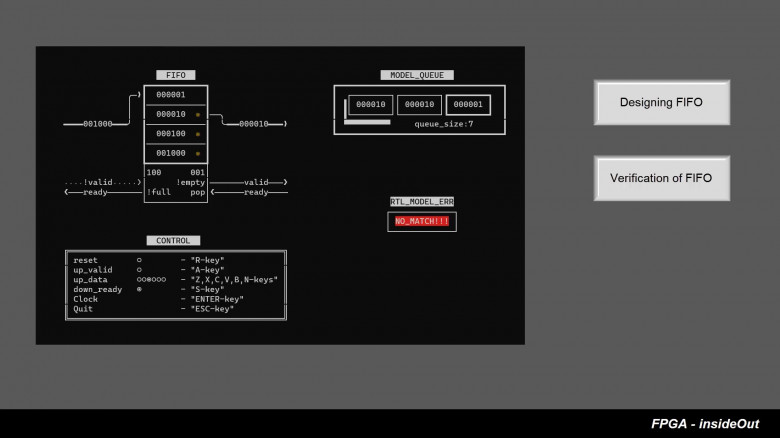
Ссылка на русскую версию / link to Russian version
FIFO is a key concept in hardware design. Understanding of FIFO is necessary for understanding the valid/ready protocol, which in turn is necessary for organisation of flow-control within a design.
Unfortunately, there are very few books on this topic, and to be fair, microarchitectural concepts are quite difficult to master from books, since understanding of these concepts are coming with practice. In other words it is more about developing hardware intuition.
The idea of the HDL training tool is that it can help develop a hardware intuition, providing the opportunity to explore ready-made scenarios in a step-by-step interactive way. The tool also provides detailed visualization of a simulated scenario.
Since the tool is a front-end for the HDL simulator, the real, synthesized SystemVerilog is executed on the simulator itself, which can be viewed and even modified.
So, the video of exploring FIFO on the training tool is here:
 ChatGPT was not used in writing this article. The animated image uses the webp file format instead of gif. |
In this article, you will find a complete description of how to make a Wi-Fi internet radio receiver from a router that can play mp3 streams from internet radio stations. It is also possible to switch between two internet radio stations. We will use OpenWRT firmware installed on the router to create a Wi-Fi internet radio. It is possible to complete this project without using a soldering iron. All the components can be placed inside the router to create a finished device — a Wi-Fi internet radio. |

In the rapidly evolving landscape of digital entertainment, the year 2023 has witnessed a profound transformation in Video On Demand (VOD) Over-The-Top (OTT) platforms. These platforms have redefined how audiences access and consume content, introducing cutting-edge technologies and innovative features that have revolutionized the entertainment industry.
Embracing Augmented Reality (AR) and Virtual Reality (VR)
In 2023, VOD OTT platforms have embraced AR and VR technologies to provide viewers with immersive and interactive experiences. Users can now step into virtual worlds, interact with characters, and actively participate in the content they are watching, transcending the boundaries of traditional passive viewing.
Imagine exploring an ancient civilization through the eyes of a protagonist, feeling the thrill of an adrenaline-pumping car chase, or even interacting with virtual avatars of celebrities and influencers. The integration of AR and VR into VOD OTT platforms has ushered in a new era of interactive and experiential entertainment.
Personalization: The Heart of the VOD Experience
Powered by advanced artificial intelligence (AI), VOD OTT platforms have taken personalization to new heights. By analyzing user behavior, preferences, and viewing habits, these platforms deliver tailor-made content recommendations, ensuring that viewers find exactly what they love without extensive searching.
This level of personalization ensures that users are presented with content that resonates with their tastes, creating a seamless and enjoyable content discovery experience. By removing the need for extensive searching, VOD OTT platforms have become the go-to destination for viewers seeking highly relevant and engaging content.
I wrote a small e-book about terrible tips for C++ developers. Actually, it describes bad programming practices and explains why it's better to avoid them. However, every chapter of this mini-book starts with a terrible tip — just for fun.
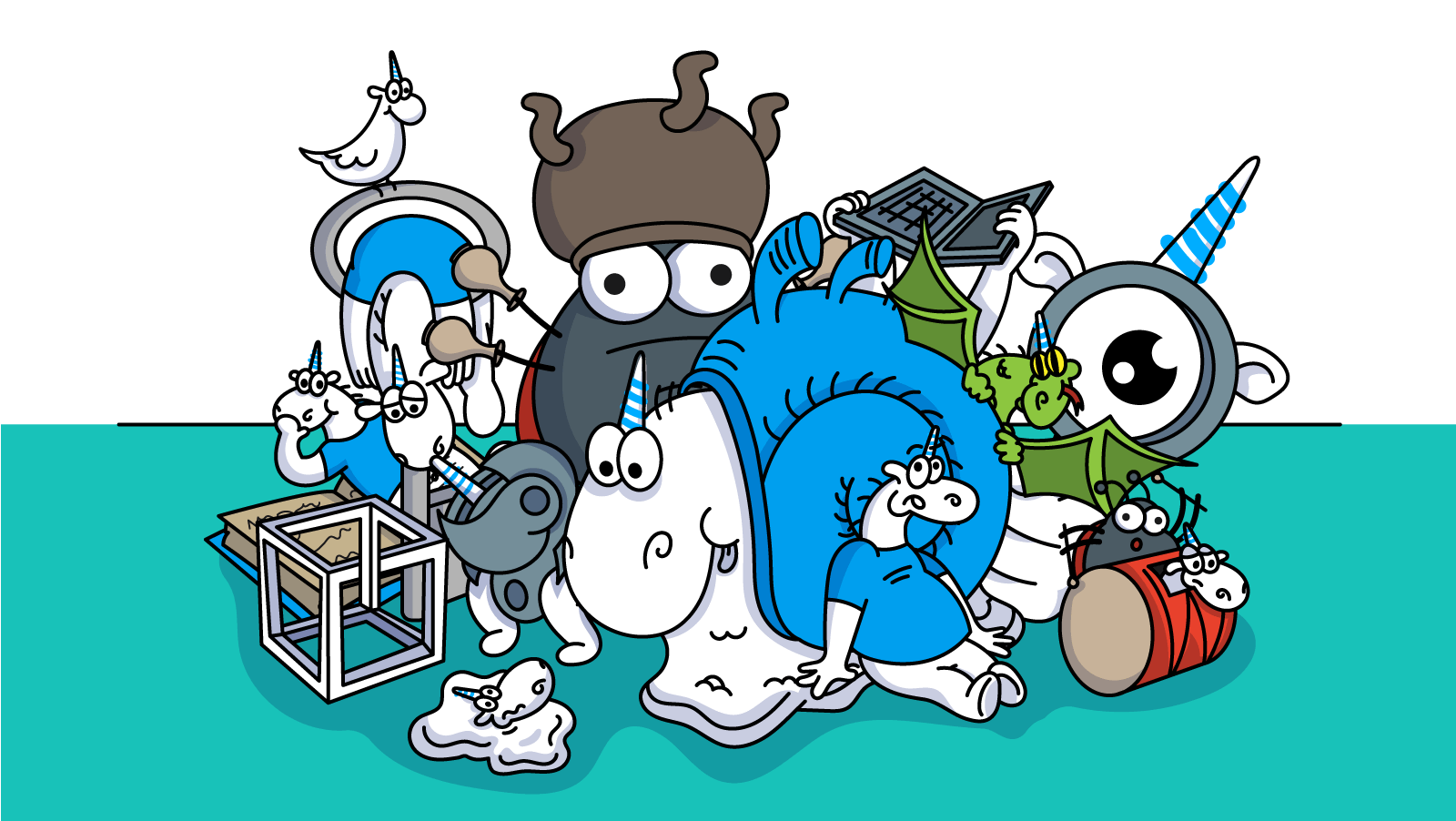
By the way, these tips may seem artificial but believe me, they are based on the real experience. In other words, the described terrible tips occur in developers' lives — that's why it's worth discussing them. First of all, this book will be useful for junior developers. But more skilled C++ developers can also find interesting and useful tips.
Even though it's a mini-book, it clearly does not fit into the Habr format. Too many words. So, I decided to write here the review. Here is the link to find the full version of the mini-book: 60 terrible tips for a C++ developer.
If you still hesitate whether to read it or not, below you will find a list of terrible tips that will be discussed in the mini-book.
View the terrible tips:

I'm Alex Movergan, DevOps team lead at Altenar. I focus on automation in general and on improving troubleshooting skills within my team. In this article, I'll share a captivating tale that revolves around Kubernetes, validation webhooks, kubespray, and Calico.
Join me on this DevOps journey as we explore real-world scenarios unraveling the intricacies of troubleshooting in a Kubernetes environment.
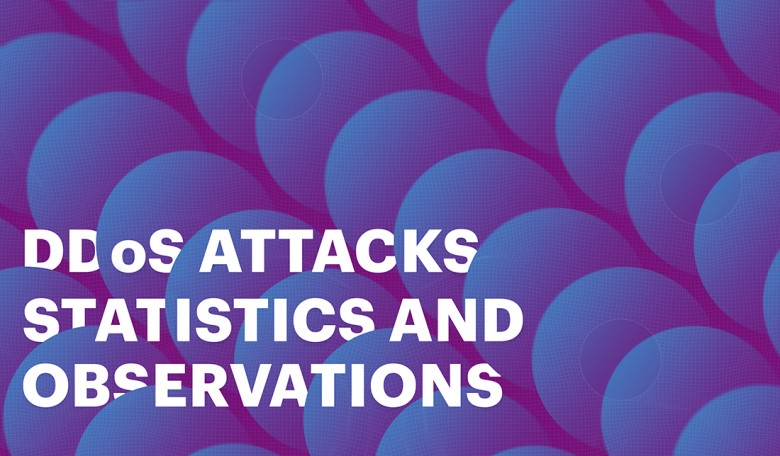
Let's take a deeper look at the Q1 2023 DDoS attacks mitigation statistics and observations from Qrator Labs' perspective.

I believe listicles have a huge potential for testing demand hypotheses. Have you tried using listicles for your demand validation? If so - let us know in the comments how this worked for you.
Do you know these "Top N something something" kind of articles? Like:
- 5 best GPS vehicle trackers
- The 14 hair growth products that actually work
- Top 10 Best CRM Software Tools in 2023
They are often referred to as "listicles" - articles presented in the form of a list.
I love them - they make picking a new phone, a movie to watch, an app to install much easier. I also use them at work all the time while looking for solutions to everyday challenges.
So what if we use one of them to benchmark our product against the best available alternatives?
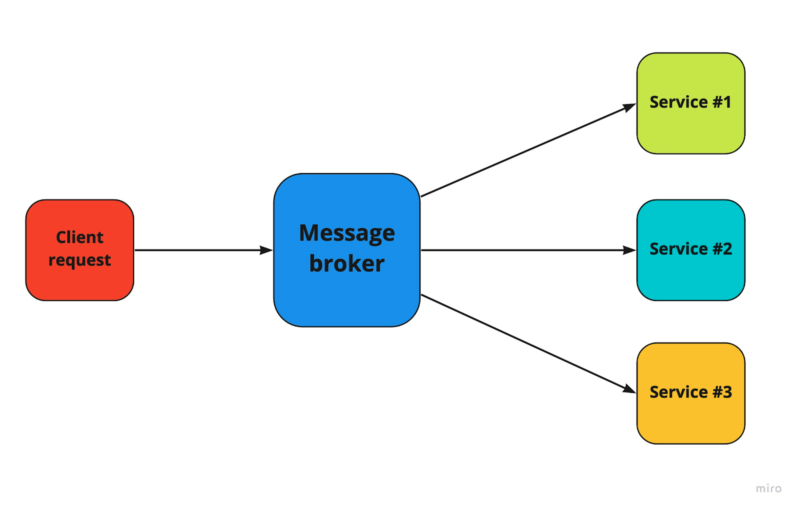
This is a series of articles dedicated to the optimal choice between different systems on a real project or an architectural interview.
At work or at a System Design interview, you often have to choose the best message broker. I plunged into this issue and will tell you what and why. What is better in each case, what are the advantages and disadvantages of these systems, and which one to choose, I will show with several examples.
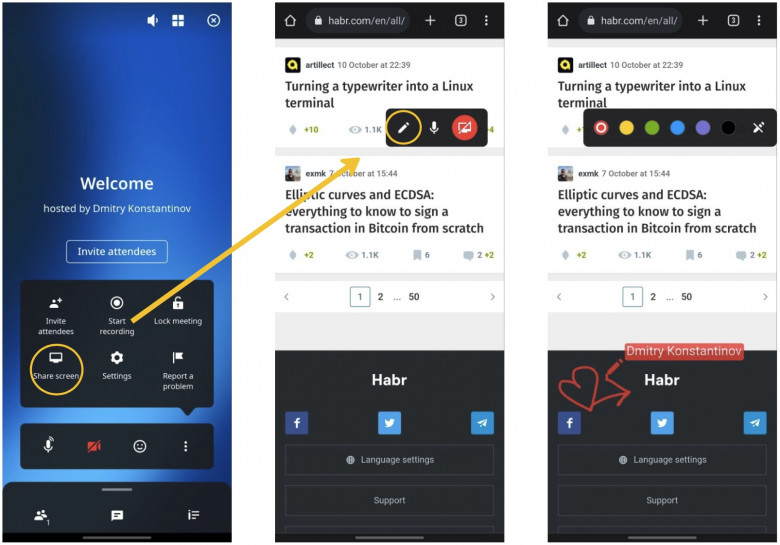
How we listened to the needs of our customers and implemented the feature with the maximum capabilities of the iOS and Android platforms. Then we looked into analytics, added onboarding, and usage grew. At the end of the article there are some cool conclusions and insights. Developing a video conferencing mobile app is fun!
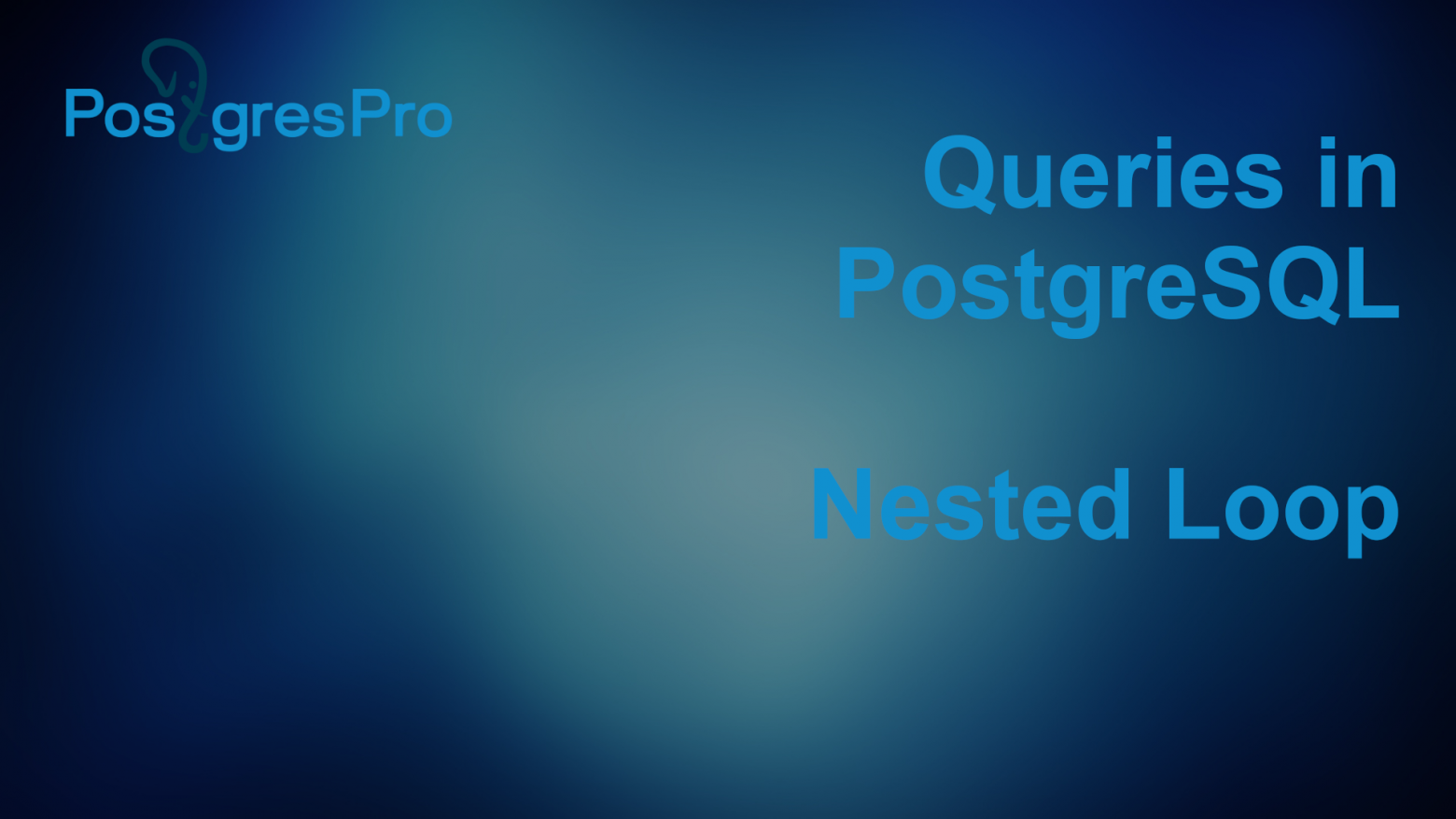
So far we've discussed query execution stages, statistics, and the two basic data access methods: Sequential scan and Index scan.
The next item on the list is join methods. This article will remind you what logical join types are out there, and then discuss one of three physical join methods, the Nested loop join. Additionally, we will check out the row memoization feature introduced in PostgreSQL 14.
In this article, I will break down all the secrets of quantum computers piece by piece: what superposition (useless) and entanglement (interesting effect) are, whether they can replace classical computers (no) and whether they can crack RSA (no). At the same time, I will not mention the wave function and annoying Bob and Alice that you might have seen in other articles about quantum machines.
The first and most important thing to know is that quantum computers have nothing to do with conventional ones. Quantum computers are analog in nature, they have no binary operations. You have probably already heard about Qubits that they have a state of 0, 1 and 0-1 at the same time and with the help of this feature calculations are very fast: this is a delusion. A qubit is a magnet (usually an atom or an electron) suspended in space, and it can rotate on all three axes. In fact, the rotations of a magnet in space are the operations of a quantum computer. Why can it speed up calculations? It was very difficult to find the answer, but the most patient readers will find it at the end of the article.